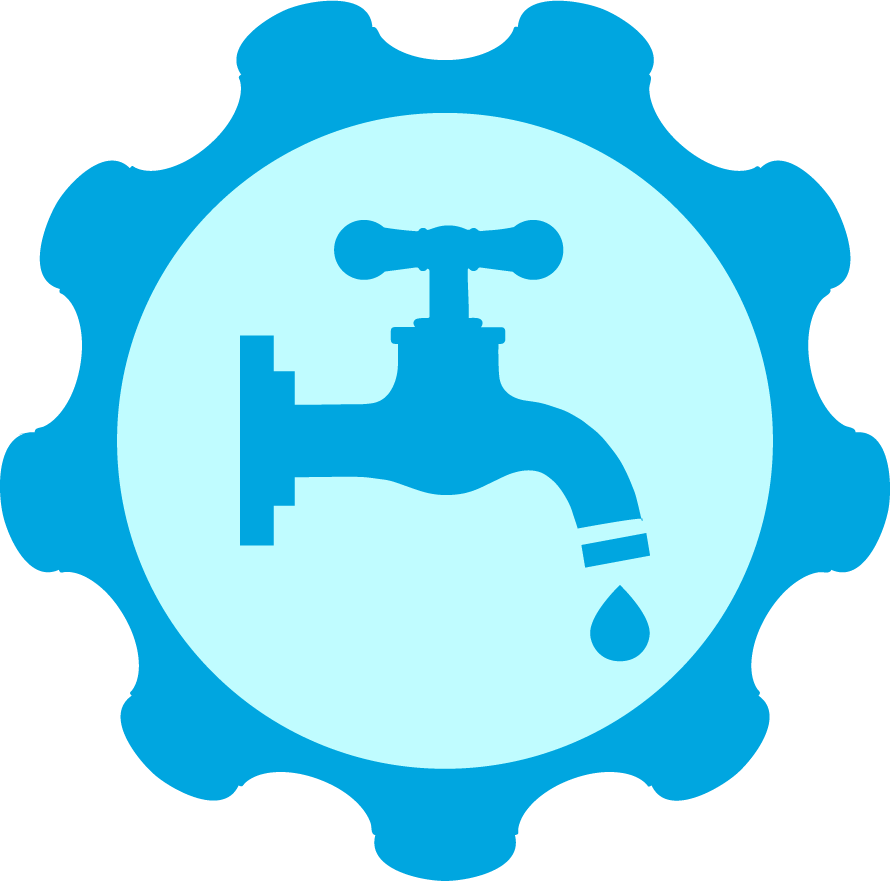How to Maintain Your Water Heater for Long-Lasting Performance

Your water heater plays a vital role in keeping your home comfortable. It’s an essential appliance in daily life, powering hot showers and fresh laundry and keeping dishes sparkling clean. However, without regular maintenance, a water heater’s lifespan can be cut short, potentially leading to costly repairs or premature replacement.
The average water heater lasts about 10-12 years, but with proper care, you can help it reach its entire lifespan while improving energy efficiency. Here’s how to keep your water heater working reliably for years.
Table of Contents
Check and Adjust the Temperature
Why It Matters:
Manufacturers often preset water heaters to 140°F, which can be too high for most households. Excessively hot water increases the risk of scalding and accelerates corrosion in the tank due to mineral buildup.
Recommended Setting:
- Set the thermostat to 120°F.
- Reduces the risk of burns.
- Lowers energy consumption by minimizing heat loss.
- It prevents mineral deposits from forming as quickly.
How to Adjust:
- Locate the thermostat dial on your heater (usually near the base for gas models or behind a panel for electric models).
- Turn it down to 120°F or the manufacturer’s recommended energy-saving setting.
Drain and Flush the Tank Regularly
Why It Matters:
Over time, sediment (minerals and debris) builds up at the bottom of the water heater tank. This reduces heating efficiency and can cause overheating, leading to possible tank damage.
How to Drain the Tank:
- Turn Off the Water Supply: Shut off the cold water inlet valve.
- Turn Off Power: If it’s an electric water heater, turn off the breaker. If it’s gas, set the thermostat to pilot.
- Attach a Hose: Connect a garden hose to the drain valve at the bottom of the tank.
- Open the Valve: Release a few gallons of water or continue draining until the water runs clear.
- Close the Valve and Refill: Close the drain valve and turn the water supply back on.
How Often?
- Annually for households with soft water.
- Twice a year for homes with hard water to prevent mineral buildup.
Test the Pressure Relief Valve (TPR Valve)
The temperature and pressure relief (TPR) valve prevents excessive pressure buildup inside the tank, possibly leading to a dangerous rupture. Ensuring this valve works appropriately is crucial for safety.
How to Test It:
- Locate the Valve: It’s typically on the top or side of the water heater.
- Lift the Test Lever: Raise the lever slightly and release.
- Check for Water Discharge: A properly functioning valve should release a burst of hot water into the drainpipe.
If the Valve Fails:
- It may be faulty if no water comes out or the valve drips continuously after testing.
- Contact a licensed plumber for a professional valve replacement to ensure safety.
Inspect for Leaks and Corrosion
Why It Matters:
Small leaks can quickly escalate into significant water damage if left unnoticed. Regularly check your water heater for:
- Moisture around the base.
- Rust or corrosion on the tank.
- Dripping pipes or valves.
What to Do If You Spot Leaks:
- Minor leaks at the fittings can often be tightened.
- If the tank leaks, it may indicate internal corrosion and require complete replacement.
- If in doubt, contact a licensed plumber for a professional assessment.
Insulate Your Water Heater
Why It Matters:
Adding insulation to your water heater can reduce heat loss, improving energy efficiency—especially in colder climates.
How to Insulate:
- Use a water heater insulation blanket (available at hardware stores).
- Wrap the insulation around the tank, but avoid covering the thermostat or burner area.
- Insulate hot water pipes as well for additional energy savings.
Check the Anode Rod
The anode rod helps prevent the tank from rusting by attracting corrosive water elements. Over time, the rod deteriorates and needs replacement.
Signs It Needs Replacing:
- The rod appears heavily corroded or worn down when inspected.
- The water has a metallic smell or rusty tint.
How Often?
- Check the anode rod every 2-3 years.
- Replace it when significantly corroded to extend your water heater’s lifespan.
Schedule Professional Inspections
While regular DIY maintenance helps keep your water heater in great shape, some tasks require the expertise of a professional plumber. Annual inspections ensure that all components are functioning safely and efficiently.
A Licensed Plumber Can Help With:
- Thorough system inspections for leaks and performance.
- Anode rod replacements.
- TPR valve testing and replacements.
- Professional tank flushing for maximum sediment removal.
Why Water Heater Maintenance Matters
✅ Extends Lifespan: Proper care can help your water heater last 10+ years.
✅ Improves Efficiency: Reduces energy usage and lowers utility bills.
✅ Prevents Unexpected Breakdowns: Avoid costly repairs and replacements.
✅ Ensures Safety: Prevents overheating, leaks, and potential tank failure.
Need Professional Water Heater Maintenance?
If you’re unsure how to handle water heater maintenance or suspect a more serious issue, PlumberHelp can connect you with licensed and insured plumbers near you. Our network of qualified professionals can assist with:
- Water heater inspections and tune-ups.
- Emergency repairs for leaks or component failures.
- Full replacements for outdated or corroded units.
Don’t wait until your water heater fails—schedule a professional checkup today with PlumberHelp!
✅ Reliable Service.
✅ Licensed Experts.
✅ Fast Response Times.
Contact PlumberHelp today and ensure your water heater stays efficient and safe for years!
